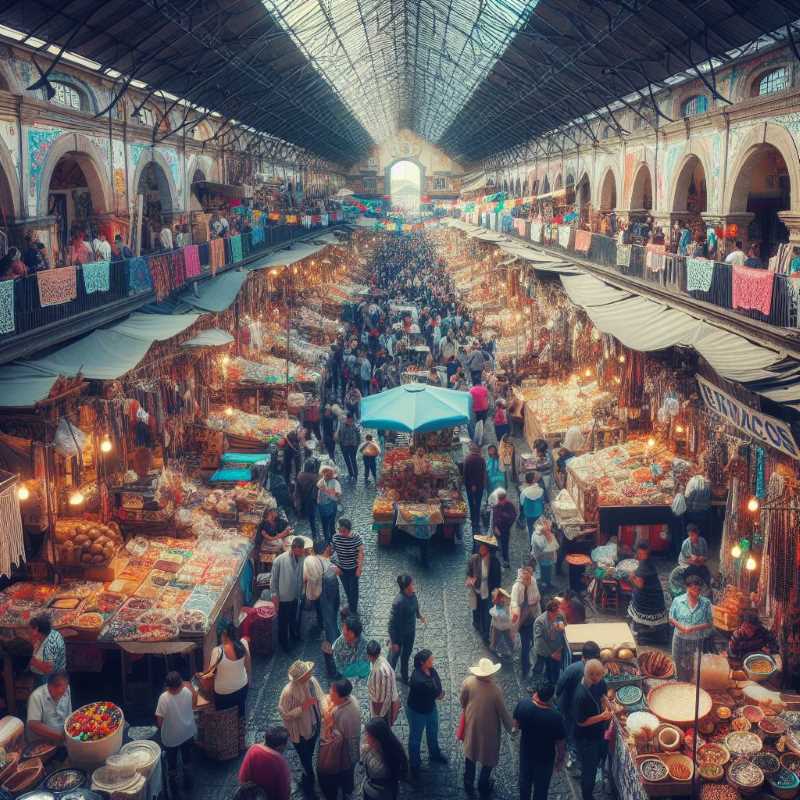Can the Mexican Economy Defy the Odds?
Mexico's economy defied COVID-19's blow, showing strong recovery. Yet challenges like informality persist. Experts see 2023 as a year of consolidation, but global instability and 2024 elections cloud the future. Could Mexico rise to the top ten economies, or will external forces derail its progress?

In Aesop's fable, the tortoise wins because slow and steady wins the race. Mexico's economy, it seems, has taken a page from the wise, old reptile's book. After a brutal tumble in 2020—thanks to a little something called the COVID-19 crisis—Mexico's rebound has been anything but flashy. But beneath that seemingly modest exterior lies resilience, adaptability, and a quiet confidence that's making the rest of the world take notice.
Let's talk numbers, the dry language that hides interesting stories. In 2021, Mexico's economy surged 6%. Solid, right? But then, things started to…slow down. A 3.9% growth in 2022? Less impressive. Now, 2023 ends with an even more restrained 3.1%. For those who love a meteoric rise story, Mexico might seem to disappoint. However, as Ernesto Bravo Benítez from UNAM's Economic Research Institute points out, there's more to the picture:




